Installing a dump valve on a trailer can enhance its functionality significantly, allowing for quicker unloading of cargo without needing to manually open the trailer doors. In this guide, we will walk you through every step of the installation process, ensuring you have a clear understanding of what is required, and we will also address common concerns that may arise while undertaking this project.
Understanding Dump Valves: An Overview
Before diving into installation, it’s vital to grasp what a dump valve is and its benefits. A dump valve is a hydraulic mechanism that opens and closes to release the pressure in the system, facilitating the rapid discharge of materials.
Benefits of a Dump Valve
- Improved Efficiency: Speeds up unloading processes, reducing downtime.
- Ease of Use: Simplifies operations, particularly for those transporting heavy or bulk materials.
- Safety Features: Reduces the risk of injuries associated with manual unloading.

Tools and Materials Required for Installation
Necessary Tools
- Wrench Set: For loosening and tightening bolts.
- Screwdriver: Both flathead and Phillips are essential.
- Drill: Required if new holes need to be created.
- Level: To ensure the dump valve is installed correctly.
- Safety Glasses and Gloves: Necessary for personal protection.
Essential Materials
- Dump valve assembly
- Hydraulic hoses
- Mounting brackets and hardware
- Sealant or tape (as needed)
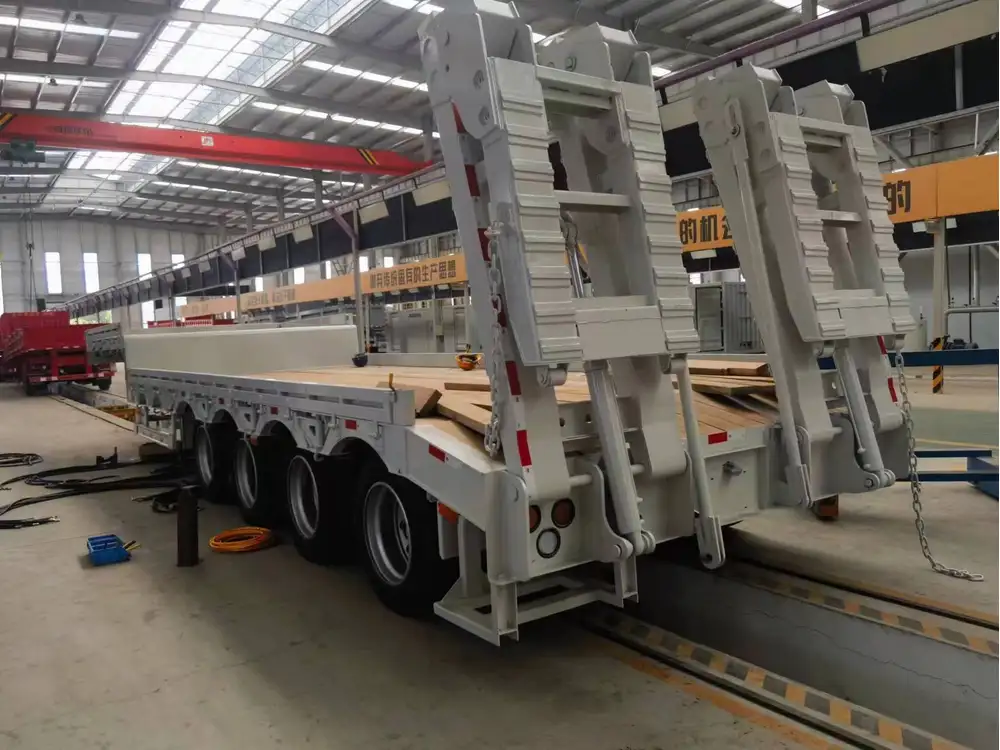
Step-by-Step Installation Guide
Step 1: Pre-Installation Preparations
- Select the Right Location: Choose an area for the dump valve that allows easy access and is compatible with the trailer’s design. The location should be near the hydraulic system and away from moving parts.
- Inspect Your Trailer: Ensure that the trailer’s hydraulic system is in good condition. Check for leaks and general wear. The installation location should be structurally sound.
Step 2: Gathering and Organizing Your Materials
Lay out all tools and materials in an organized manner to streamline the installation process. Check that you have everything required before beginning.

Step 3: Installing the Mounting Bracket
- Determine the Placement: Position the mounting bracket at the selected location. Ensure it aligns with the trailer’s hydraulic system.
- Secure the Bracket: Using bolts, secure the bracket firmly to the trailer. Use your level to ensure it is straight.
Step 4: Connecting the Dump Valve
- Attach the Dump Valve: Slide the dump valve onto the mounting bracket and secure it with the provided hardware.
Connect Hydraulic Hoses: Attach the hydraulic hoses to the dump valve ports. Ensure that the connections are tight to prevent leaks.
Hose Position Description Port A Connects to hydraulic pump Port B Connects to trailer body
Step 5: Electrical Connections
If your dump valve is electrically operated, connect the wiring according to the manufacturer’s instructions. Ensure that the power source is disconnected during this step to avoid any accidents.

Step 6: Testing the System
- Activate the Dump Valve: Once everything is connected, restore power (if applicable) and test the valve.
- Check for Leaks: Observe for any hydraulic leaks. Address any leaks before proceeding further.
Step 7: Final Adjustments and Securing Components
- Tighten All Connections: Double-check and tighten all bolts, brackets, and connections.
- Install Safety Covers: If your dump valve includes safety covers, install them according to the instructions to protect the system.
Troubleshooting Common Issues
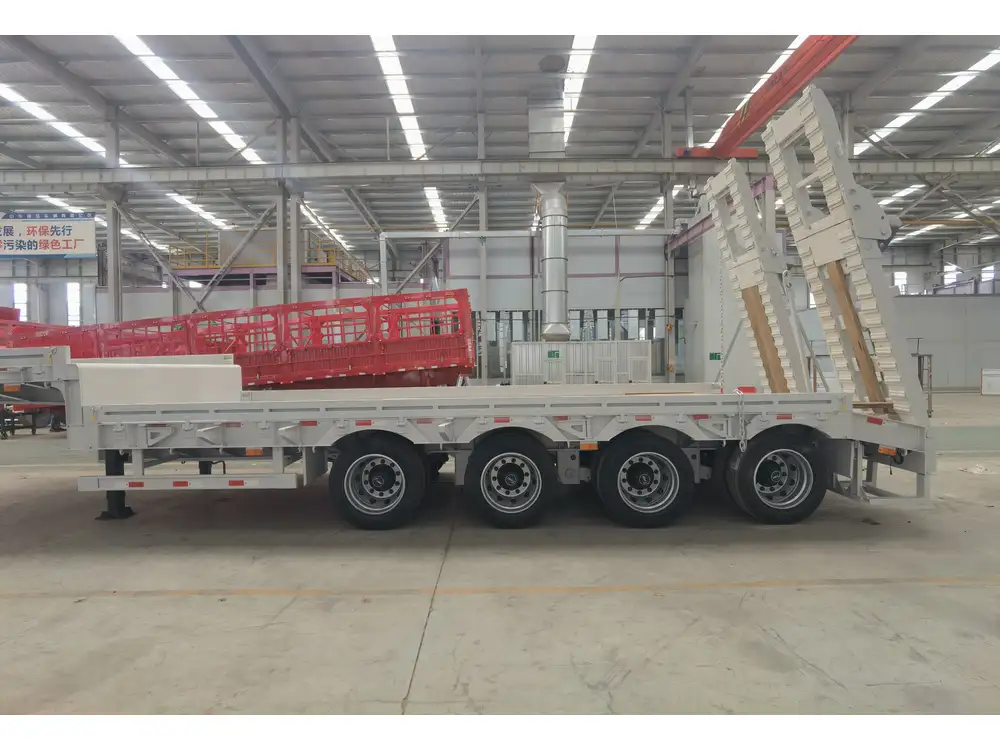
Issue 1: Leak at the Connection Points
- Solution: Ensure that all fittings and hoses are tightly secured. If there is still a leak, consider replacing the seals or tapes.
Issue 2: Dump Valve Not Activating
- Solution: Verify electrical connections if the system is electrically operated. For hydraulic systems, check the hydraulic fluid levels and pump functionality.
Issue 3: Slow Dumping Process
- Solution: Inspect the hoses for kinks or blockages and ensure that the hydraulic fluid is not contaminated or low on volume.
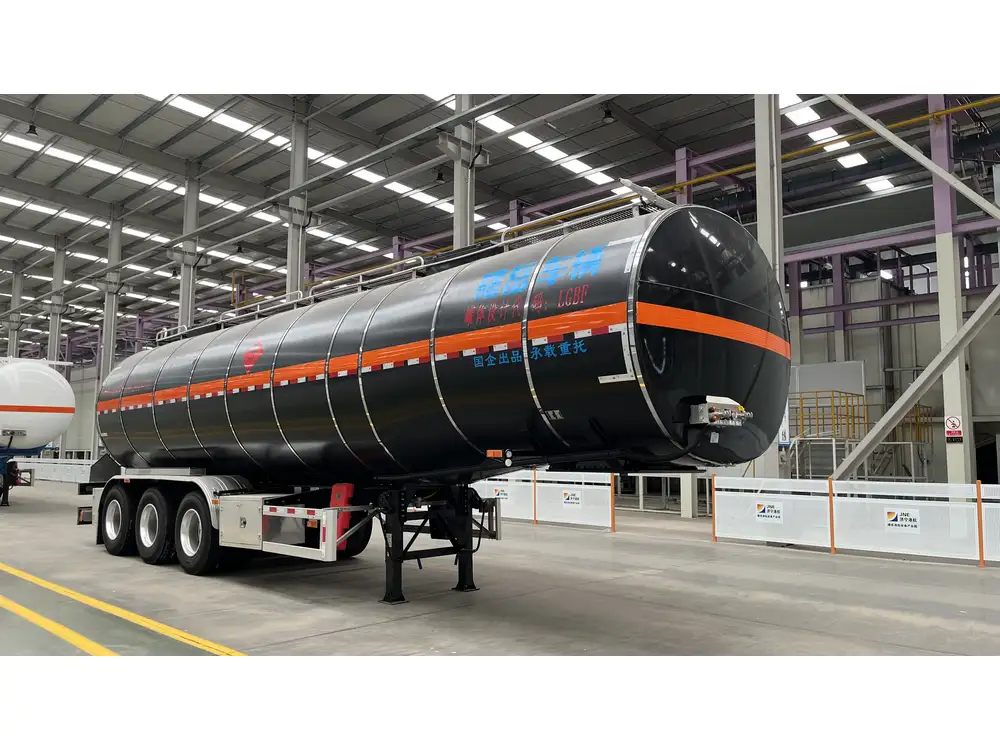
Maintenance Tips for Your Dump Valve
To keep your dump valve operating effectively, regular maintenance is crucial. Here are some practical tips:
- Inspection: Periodically inspect the dump valve and hoses for wear or damage.
- Fluid Levels: Regularly check and replace hydraulic fluid as needed. Contaminated fluid can lead to malfunctions.
- Cleaning: Keep the valve and hydraulic lines clean from debris and dirt that might affect function.
Maintenance Schedule
| Task | Frequency |
|---|---|
| Visual Inspection | Monthly |
| Hydraulic Fluid Level Check | Bi-Annual |
| Full System Check | Annually |
Understanding Costs Associated with Installation

Cost Breakdown
| Item | Estimated Cost |
|---|---|
| Dump Valve Assembly | $150 – $500 |
| Hydraulic Hoses | $50 – $150 |
| Mounting Hardware | $20 – $50 |
| Labor (if applicable) | $100 – $500 |
The total installation cost will depend on whether you handle the installation yourself or hire a professional.
Frequently Asked Questions (FAQs)
Q: Can I install a dump valve myself?
A: Yes, if you have basic mechanical skills and the necessary tools, installation can be completed with this guide.
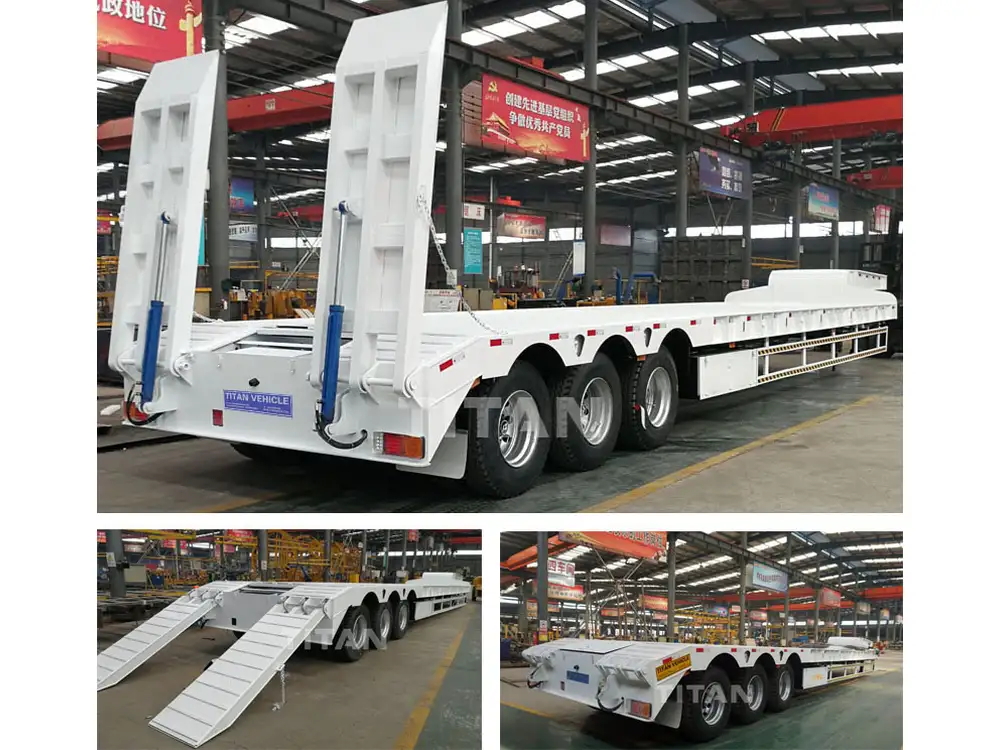
Q: How long does it take to install a dump valve?
A: Installation can typically take 2-4 hours, depending on complexity and experience level.
Q: What if my trailer has no hydraulic system?
A: If your trailer does not have a hydraulic system, you may need to consider installing one, or you may choose to opt for a pneumatic dump valve, which operates on air pressure.
Q: How often should I check my dump valve?
A: It’s a good practice to inspect the valve at least monthly, checking for leaks and performance issues.
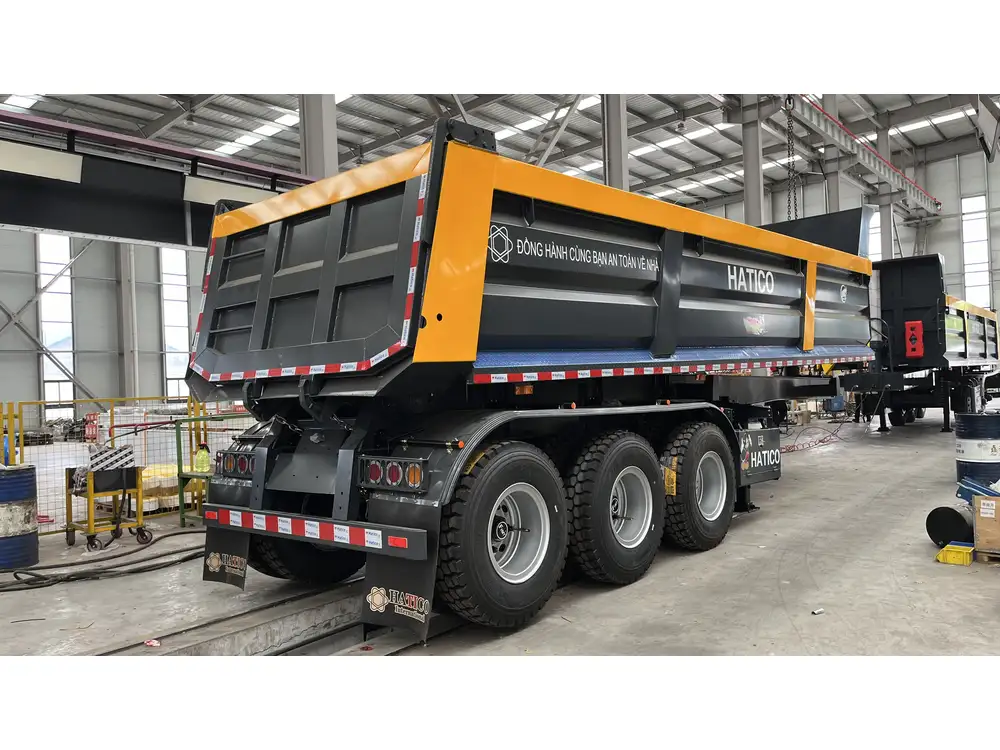
Conclusion
Installing a dump valve on your trailer is a manageable project that can greatly enhance your operational efficiency. By following the comprehensive steps outlined in this guide, not only will you ensure a correct and safe installation, but you will also enjoy the long-term benefits of improved unloading processes. Whether you’re an individual operator or part of a larger fleet, understanding how to effectively manage your trailer’s features is critical to your success in the industry. Dive in, follow the instructions, and enjoy a smoother operational experience.



